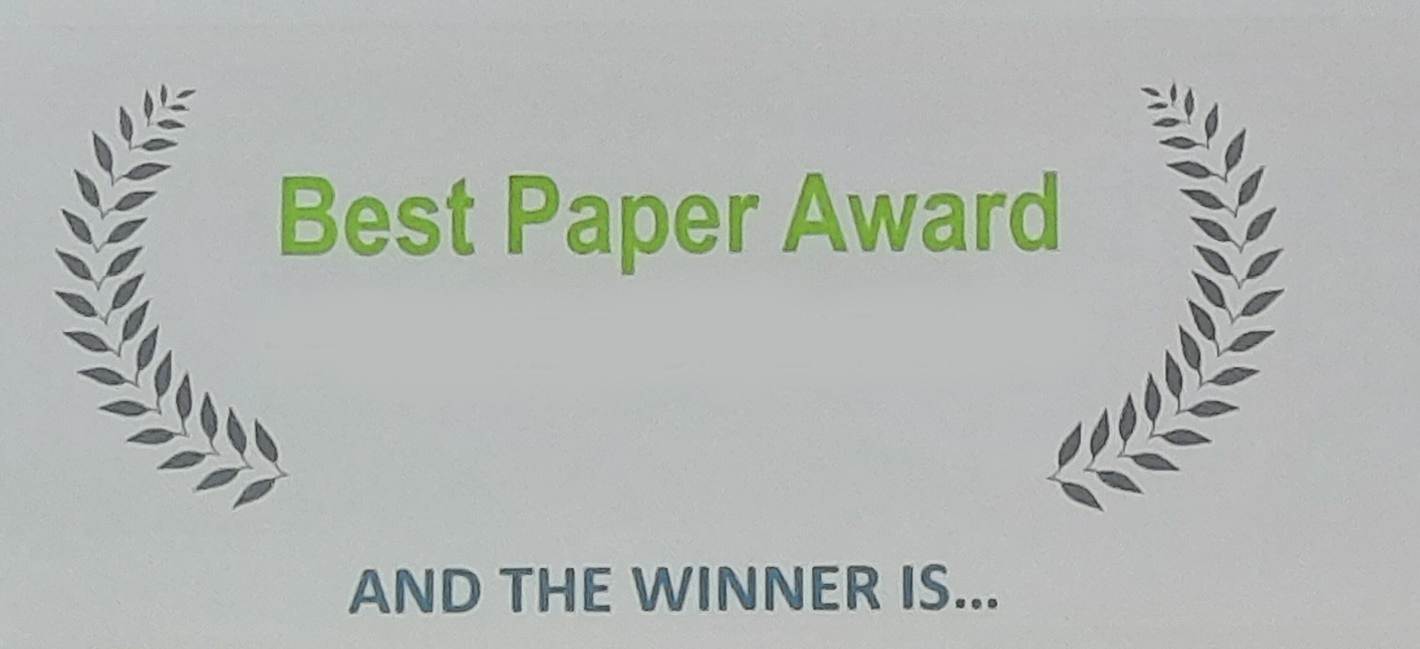Methodology for the development of temporally high-resolved and spatially accurate tapping profiles
DOI:
https://doi.org/10.34641/clima.2022.229Keywords:
Tapping profile, drinking water hygiene, simulation, DHWcalc, TRNSYSAbstract
Within the framework of a current research project, different types of drinking water installations in flats are analysed and compared in a simulation study with regard to drinking water hygiene criteria. The planned modelling of the temperature, stagnation and flow behaviour of individual pipe sections requires the development of particularly detailed tapping profiles. The paper at hand shows a methodology to derive tapping profiles in the required level of detail. A spatially accurate resolution requires that each of the selected draw-off points - washbasin, kitchen sink, shower, bathtub, WC, dishwasher and washing machine - receives its own tapping profile, separated into hot and cold water. The high temporal resolution is the prerequisite for an adequate recording of short tappings lasting only seconds. The basis of the tapping profiles is a statistical database of tapping quantities and frequencies for three different types of residents (couple, family, retirees). In the next step, the DHWcalc tapping profile generator is configured and used to create spatially accurate tapping profiles. Subsequently, an Excel VBA tool refines the time step from 1 min to 5 s and shortens the tapping time for small tapping quantities. By means of simulations with the software TRNSYS an exemplary compact T-piece installation is set up to account for transient effects, like temperature adjustment processes at the shower. With the pre-sented methodology, tapping profiles can be created for different installations that clearly exceed the level of detail of DWHcalc and are suitable for detailed simulative analyses.




